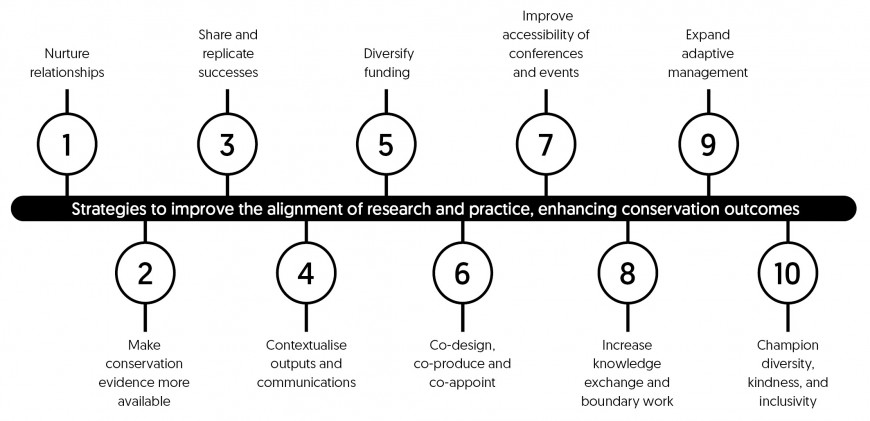At the International Congress for Conservation Biology in 2019, a workshop – including Manaaki Whenua’s Dr Natalie Forsdick – identified five key mismatches between conservation research and practice. Differences in the spatial scale of research and the local conservation context can cause spatial mismatch. Research topics may not be aligned with the needs of practitioners, resulting in priority mismatch.
Temporal mismatch occurs when research timelines are disconnected from funding, decision-making, and policy timelines. Research evidence may be inaccessible to practitioners, and conservation outcomes may not be available to researchers – a communication mismatch.
Underpinning all of these is institutional mismatch, where differences in the ways in which institutions operate may limit the opportunities for researchers and practitioners to interact. While the investigators perceive that there has been progress to reduce these mismatches over the past five years, there is still more work to be done.
The researchers have now identified ten strategies to improve the alignment of research and practice, enhancing conservation outcomes (see diagram).
While mismatches remain, we must challenge ourselves, our collaborators, and our institutions to strengthen the alignment between conservation research and practice. Through relationship-building, knowledge-sharing, and collaborative practice, we can achieve our goals of improving conservation outcomes.

